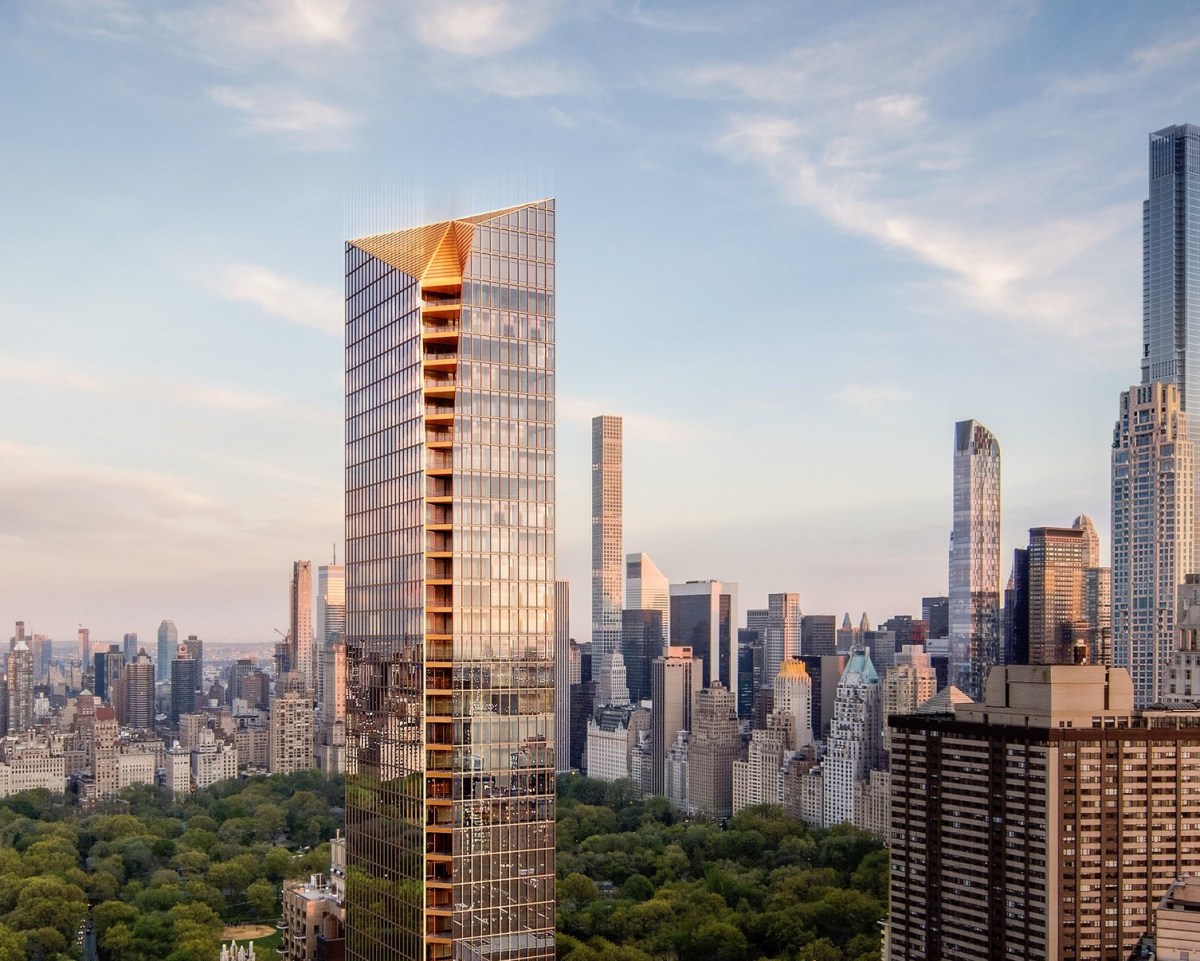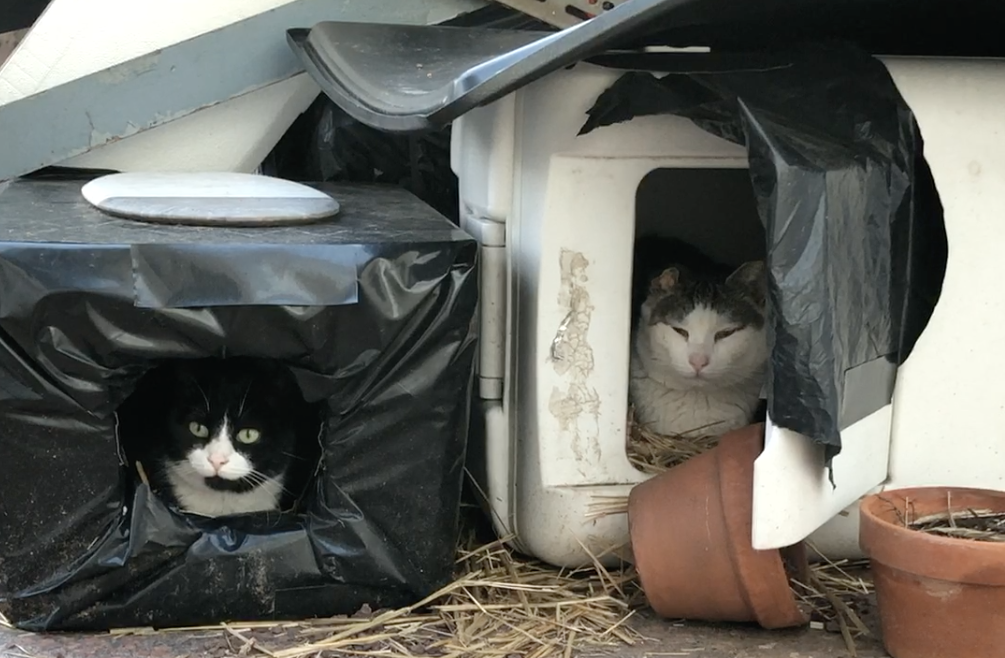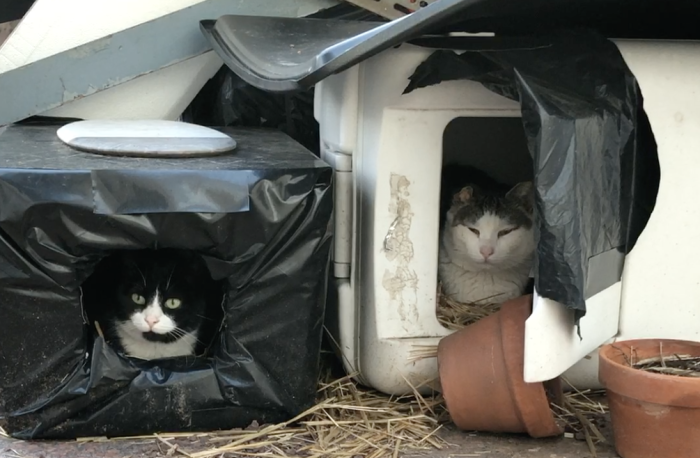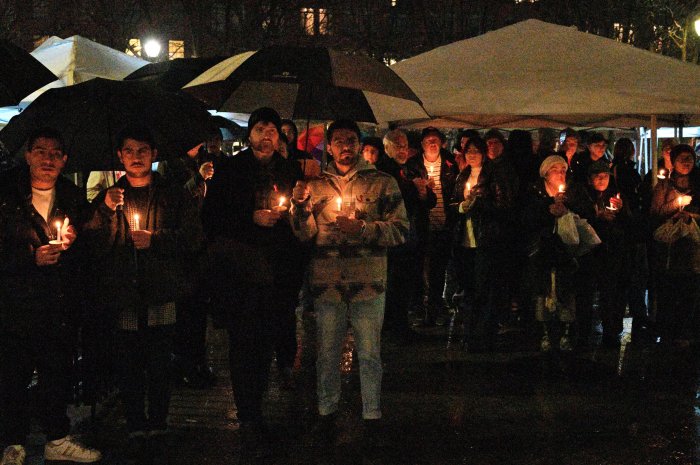Developers now have the green light to continue construction on a stalled Manhattan skyscraper set to become the tallest tower on the Upper West Side.
The Board of Standards and Appeals (BSA) split a vote, 2 to 2, after a hearing last week challenging Extell Developers use of mechanical space in their 775-foot-tall condo at 50 W. 66th St. According to BSA rules, the tied ruling automatically went in favor of the developer.
In New York, space used to house mechanical equipment is not calculated into a building’s floor area ratio, which determines a buildings’ bulk and density. Some developers use this loophole to increase a building’s height beyond zoning regulations by designating several floors worth of empty space in a mechanical equipment in order to increase the value top-floor apartments.
“[The Jan. 28] split decision at the BSA shows how extreme Extell’s plans are and the danger mechanical voids can pose to other neighborhoods that could soon be blighted by supertall buildings,” said state Senator Brad Hoylman in a statement after the hearing. “It’s shameful that the BSA is allowing this project to still move forward.”
Hoylman added that he supports legislation introduced last February by fellow state Senator Robert Jackson and Assemblymember Linda Rosenthal which would make all mechanical void space count towards a building’s height unless it makes up for less than 5 percent of the building’s total area. Under the bill, every additional 12 feet of void space and ceiling heights greater than 12 feet would count as a floor. Open air spaces like balconies or terraces would also be folded into total floor space, according to the legislation.
Residents, preservationists and elected officials alike have opposed the development since Extell announced plans to build the supertall four years ago arguing that the loophole allows for “Midtown Creep” in a residential neighborhood.
The hearing was on a zoning appeal by preservation group Landmark West to see if Extell is”appropriately occupying” the 176 feet of designated mechanical space in the tower. According to the appeal, only 22 percent of which was found to be housing equipment.
Extell did not respond immediately to a request for comment
































